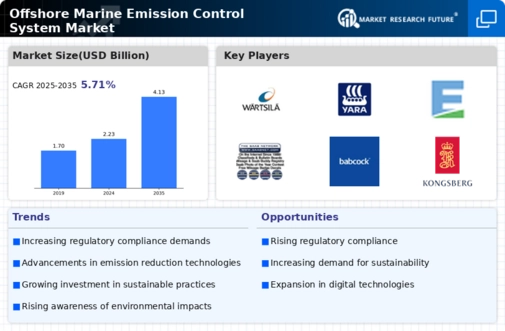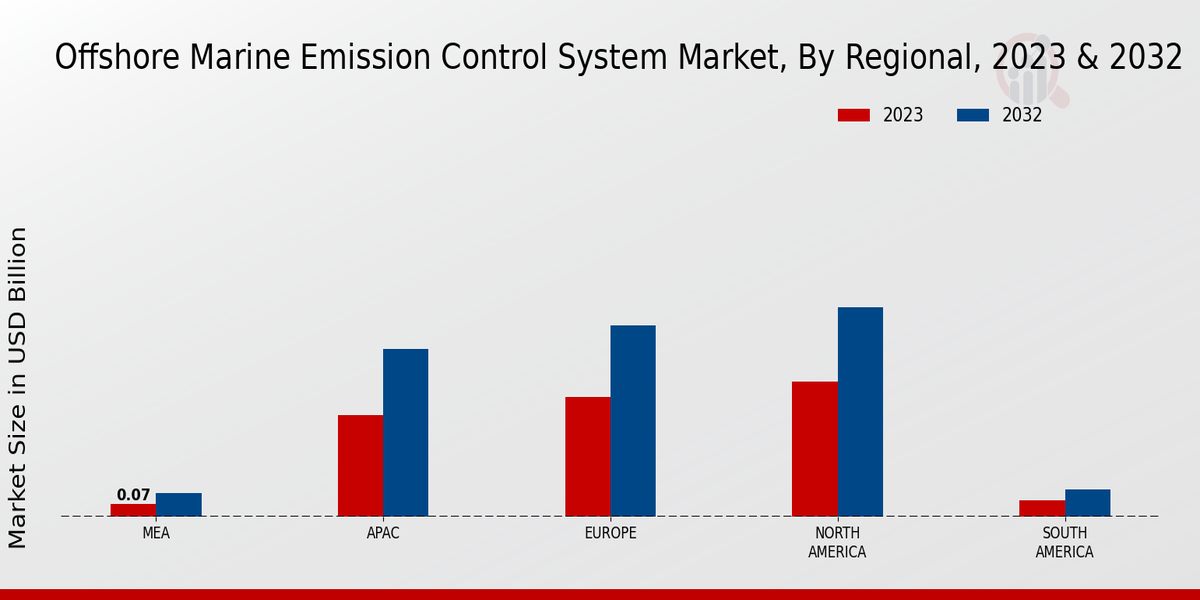The Offshore Marine Emission Control System Market is characterized by a dynamic landscape where regulatory pressures, technological advancements, and environmental considerations drive innovation and competition among key players. The market is primarily influenced by international maritime regulations that mandate reductions in emissions from marine vessels, leading to an increased demand for emission control systems. Companies within this domain are continually developing advanced technologies that not only meet compliance standards but also enhance operational efficiencies and reduce costs for their maritime clientele.
Competitive strategies often focus on collaboration, R&D investments, and customization of solutions to address varying emission control needs across different regions and vessel types. The fluctuating dynamics of global supply chains, coupled with the necessity for sustainable practices, further intensify the competition as companies strive to capture market share.In the Offshore Marine Emission Control System Market, ABB stands out with its robust technological portfolio and a strong reputation for delivering integrated solutions that ensure compliance with environmental regulations.
ABB leverages its extensive experience in electrical systems and automation to offer cutting-edge emissions control technologies, including advanced scrubbing systems and digital monitoring tools. The company’s focus on innovation and sustainability is complemented by strong customer relationships and a global service network, which enhances its ability to deliver timely support and solutions to ship operators.
ABB's commitment to reducing the environmental impact of marine operations is reflected in its continuous investment in research and development, allowing it to stay at the forefront of the market as regulations become increasingly stringent.Wartsila is another pivotal player in the Offshore Marine Emission Control System Market, known for its comprehensive approach to emissions management across various marine applications. The company prides itself on its innovative technologies aimed at maximizing fuel efficiency and minimizing harmful emissions from marine vessels.
Wartsila's strength lies in its ability to integrate multiple systems and services, offering clients bespoke solutions that are tailored to their specific operational needs. The emphasis on lifecycle support and sustainability positions Wartsila as a trusted partner for ship owners looking to navigate the challenges posed by rigorous environmental regulations. Through strategic alliances and a focus on developing cleaner technology, Wartsila also reinforces its commitment to leading the transition toward a more sustainable maritime industry, showcasing its capabilities in addressing the pressing issues of marine emissions effectively.


















